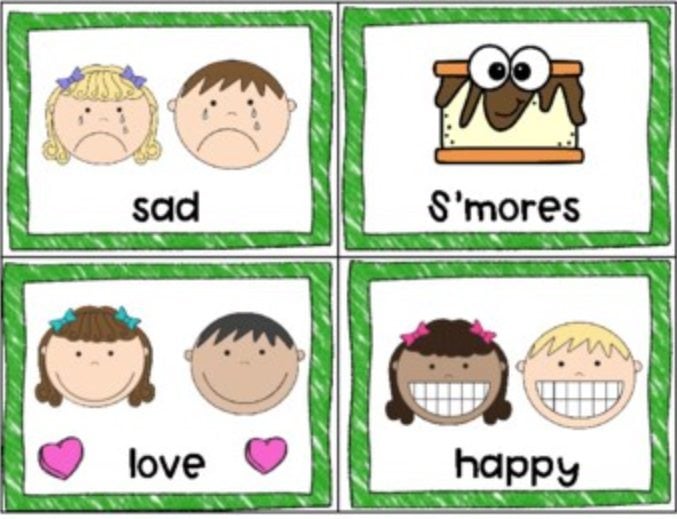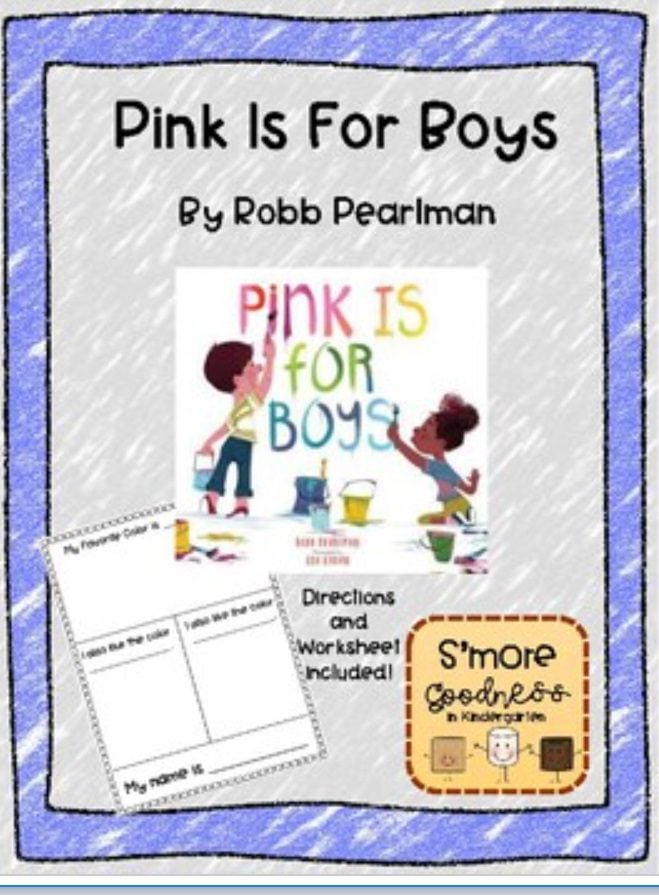Parents may not be able to vet or opt out of the social justice, ideologically skewed educational regimen being taught nationwide in K-12 classrooms.
But thousands of lesson plans designed to instill students with a gender-fluid, racist, anti-American ideology are available for review at TeachersPayTeachers.com, a site allowing teachers to sell and share educational programs.
According to the Teachers Pay Teachers website, TpT “is the go-to place for over 85% of U.S. educators to find teacher-created, teacher-tested classroom resources” and “has grown to reach over 5 million educators.”
The site contains 5,552 lesson plans to nurture students on the tenets of Black Lives Matter, 3,712 on critical race, 166 on white privilege, and dozens of gender equity lesson plans.
A 2-week lesson plan available on TpT, titled “Social Justice and Racial Equity Unit in Kindergarten,” implores young learners in pre-K to first grade to become race-conscious, mindful of different skin tones by examining.
“With your partner, who has lighter skin and whose is darker?” students are asked in the 10-day unit.


Gender equity is incorporated in the racial equity unit for kindergarteners in a lesson called “Pink Is For Boys- Lesson on Gender Equality.” The lesson asks students to create pictures of objects that have different colors “to focus on color and gender equality.”

Another 2 weeks lesson plan designed for students in kindergarten to third grade called “Gender Equality Activities,” features 10 lessons that focus on “acceptance, challenging gender stereotypes, positive self-image and understanding.”
“This unit offers an extensive book list that will help teachers to gather a wide range of quality books that help to challenge gender stereotypes,” a description of the lesson plan states.
Assignments included in the unit include “Ballerino Nate,” “Household Tasks” and “Accepting Me For Me.”
An assignment titled “Be YOUnique” instructs teachers to “read ‘My Princess Boy,” a story about a boy that prefers to wear a pink dress in dresses and pretend he is a princess” then “ask students how this makes them feel.
